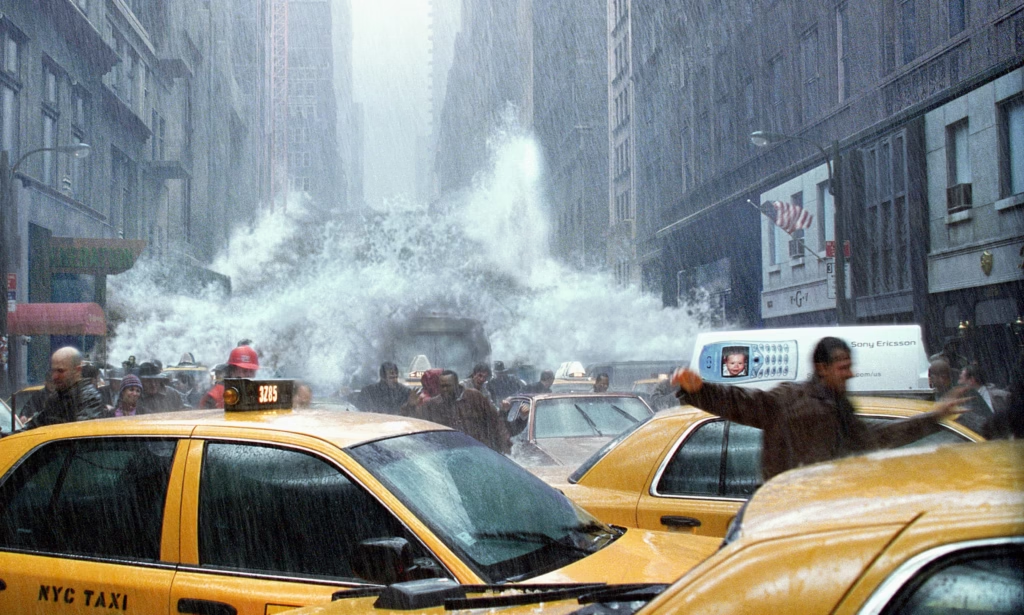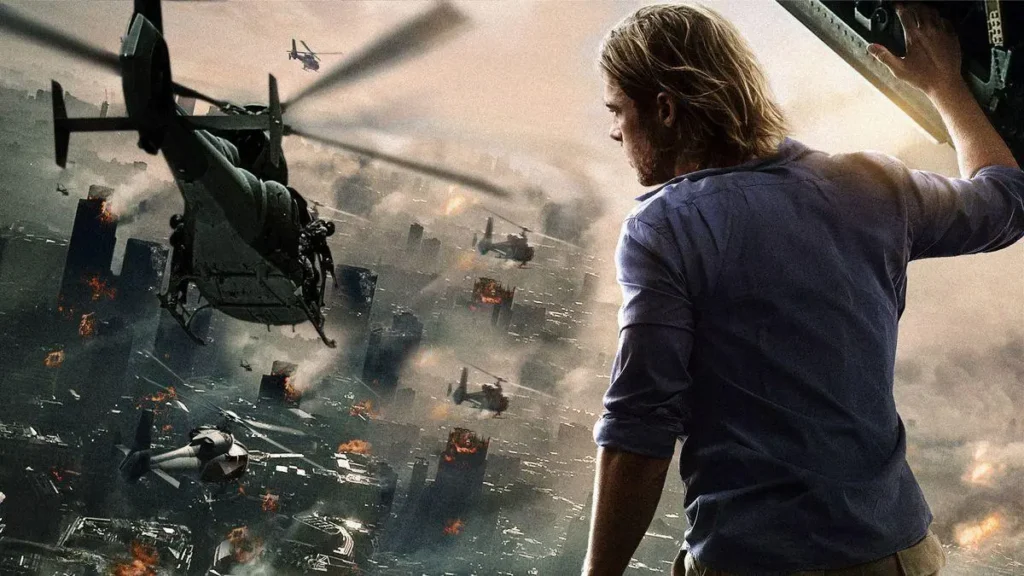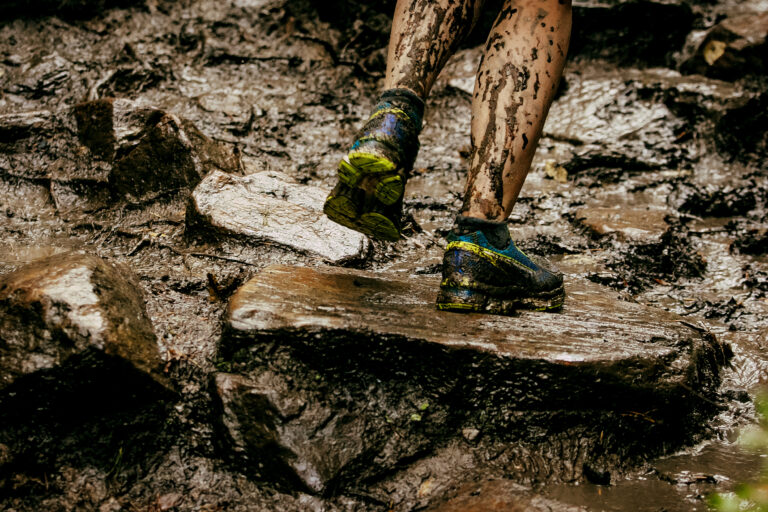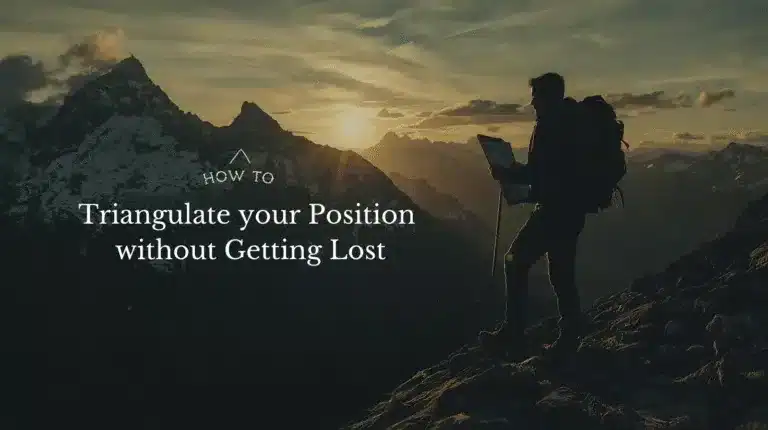
10 Prepping Lessons From Disaster Movies That Actually Make Sense
Let’s be honest: disaster movies are often ridiculous. Giant tsunamis, flaming meteors, plagues that turn people into zombies within minutes—Hollywood loves to crank up the chaos. But here’s the thing… between the dramatic explosions and terrible survival decisions, there are real-world prepping lessons hiding in plain sight.
Whether you’re new to prepping or already running bug-out drills in your sleep, these movies offer surprisingly useful insights—if you know where to look. I’ve learned a lot from these flicks (and shouted at the screen more than once). Now I’m breaking down the top 10 prepping lessons Hollywood accidentally got right.
What Are the Prepping Lessons from Disaster Movies?

If you’ve ever found yourself watching The Day After Tomorrow and yelling, “Why didn’t they just leave earlier?!,” congrats—you might have the instincts of a prepper. While everyone else is focused on the special effects, you’re mentally packing a go-bag and scanning for the nearest exit.
Disaster movies crank everything to eleven: flash floods in Times Square, cities swallowed by lava, alien invasions during Christmas dinner. And sure, they’re wildly unrealistic in how the disasters unfold—but the human behavior? That’s often painfully accurate.
Every one of these films has at least one person who:
- Waits too long to act
- Assumes help is coming
- Makes a dumb decision under pressure
- Gets in the car without gas, gear, or a clue
Sound familiar?
These cinematic trainwrecks are actually low-stakes survival simulations, giving you the chance to test your own reactions. You get to think, “What would I do differently?”—and then build your bug-out plan accordingly.
The real prepping gold is hidden between the explosions and one-liners. So let’s dig in and uncover the 10 most valuable prepping lessons from disaster movies—so next time, you make it to the credits.
The Steps to Learning from Disaster Movies
(AKA How to Use Popcorn and Panic for Practical Preparedness)
The secret is simple: instead of mocking disaster movies (OK, you can still mock them a little), mine them for prepping takeaways. These films are exaggerated, yes—but they often reflect real human behaviors, system failures, and survival truths that can sneak up on the unprepared.
Think of these 10 lessons as your pop-culture prepping blueprint—delivered with explosions, bad acting, and just enough wisdom to keep you alive if things go sideways.
1. Have a Plan (And a Backup to Your Backup)
🎬 Example: The Day After Tomorrow
No one had a clue what to do, and most waited until the ice was literally knocking on their front door. The survivors? They moved early and acted decisively.
✅ How to apply it:
- Create a primary bug-out plan with specific routes and destinations.
- Make a Plan B and C—assume your main road is blocked or flooded.
- Practice these plans. Don’t just write them down—test them like fire drills.
- Don’t rely on “we’ll figure it out when it happens.” You won’t.
📎 Pro Tip: GPS isn’t a plan. It’s a tool. Know your route without it. Also if this is a real SHTF situation, depending on what is happening a good ole map and compass is probably the best tool for this scenario.
2. Don’t Count on the Government to Save You

🎬 Example: World War Z
Brad Pitt had to hitch a ride on a military aircraft just to get his family out. Meanwhile, the rest of the world descended into chaos.
✅ How to apply it:
- Keep a minimum 7-day stockpile of food, water, and meds.
- Have paper maps, cash, and ID backups ready.
- Learn basic first aid and self-defense.
📎 Pro Tip: FEMA recommends 72 hours of supplies. Preppers call that a lunch break.
3. Stay Away from the Crowd (and the Chaos)
🎬 Example: Contagion
The disease wasn’t the only threat—riots, store lootings, and mobs spread faster than the virus.
✅ How to apply it:
- Avoid high-traffic areas when SHTF.
- Beat the rush—shop early, evacuate early, move quietly.
- Never “wait and see.” The crowd will always be one step dumber.
📎 Pro Tip: If the crowd is heading north, quietly go south.
4. Fitness = Survival Insurance

🎬 Example: Zombieland
Rule #1 is cardio, and it’s funny until it’s not. If you can’t jog to safety or haul a 30-pound pack, you’re a liability. Side note, I train daily for this. Well not for zombies, but….I do train. I do extended ruck sack workouts and also use a 30lbs weighted vest for “lighter” training walks.
✅ How to apply it:
- Train with your bug-out bag.
- Practice hiking with elevation and uneven terrain.
- Build endurance, not just strength.
📎 Pro Tip: Every walk, run, or squat you do now is a future survival move.
5. Water is Life (and Sometimes Currency)

🎬 Example: Mad Max: Fury Road
Forget gold bars—clean water is what people fight for.
✅ How to apply it:
- Store 1 gallon per person per day (minimum).
- Invest in a gravity-fed water filter and purification tablets.
- Learn to find natural sources in your area.
📎 Pro Tip: If you have water and they don’t, you’re now rich. Act accordingly.
6. Skills > Gear
🎬 Example: Cast Away
Wilson didn’t save Tom Hanks—his survival mindset did.
✅ How to apply it:
- Learn fire-starting (ferro rod > lighter > praying).
- Practice setting up a tarp shelter.
- Take a land navigation class or follow our [Land Nav Guide]. More coming soon!
📎 Pro Tip: Knowledge weighs nothing—and you can’t lose it in a river.
7. Strong Teams Survive, Lone Wolves Don’t

🎬 Example: A Quiet Place
One person panics = everyone dies. But when you prep as a team? Survival is strategy.
✅ How to apply it:
- Identify your “tribe” and assign roles: medic, comms, security, logistics.
- Communicate expectations now—not when the grid fails.
- Train together regularly.
📎 Pro Tip: Lone wolves may survive short-term. Tribes rebuild long-term.
Another side note on the link above. I believe this video by Dirty Civilian explains a ‘tribe’ or team best. I highly suggest watching it. These guys are very knowledgeable and entertaining at the same time.
8. Stay Informed or Stay Behind
🎬 Example: Greenland
The people who knew early made it onto the evacuation list. Everyone else watched from the driveway.
✅ How to apply it:
- Keep a crank-powered radio in your emergency kit.
- Download offline maps (Gaia, AllTrails).
- Sign up for local emergency alerts.
📎 Pro Tip: If your phone is your only lifeline, you don’t have a lifeline.
9. Urban Areas Turn Ugly Fast
🎬 Example: I Am Legend
Even Will Smith with a rifle and a Mustang couldn’t keep the city safe.
✅ How to apply it:
- Know three exits out of your city.
- Scout rural safe zones in advance.
- Keep a low profile—grey man rules apply.
📎 Pro Tip: Cities have supplies—but they also attract the desperate. Pick your moment.
10. Don’t Be the Comic Relief
🎬 Example: Literally every disaster movie ever
The funny sidekick? Dead by scene three. The guy who ignores every warning? Dead by scene four.
✅ How to apply it:
- Pay attention to early warning signs—weather, news, weird behavior.
- Take prepping lessons seriously without becoming paranoid.
- Don’t assume “it won’t happen here.”
📎 Pro Tip: Keep your wit sharp—but don’t joke your way into an early grave.
There’s always that guy. He dies first.
How to apply it: Be alert, not arrogant. Take action early, not after the first warning sign.
What Is Prepping for Disasters?

Prepping isn’t some tinfoil-hat lifestyle—it’s just being ready before things go sideways. Whether it’s a power outage, wildfire, cyberattack, or that one neighbor who thinks gas and fireworks mix (again), prepping is the quiet confidence that you’ve got this.
At its core, prepping means:
- Stocking smart: food, water, first aid, tools, backup power.
- Thinking ahead: bug-out plans, comms, routes, rally points.
- Practicing calm: because panic is the first thing that kills.
You don’t need to dig a bunker or build a compound. You just need to take responsibility for your own survival and peace of mind. That’s not paranoia—that’s maturity with a compass and a water filter.
And let’s be honest: if your plan is “wait for help,” you’re not prepping—you’re hoping. And hope is not a strategy.
🎬 How Can Disaster Movie Lessons Benefit You?
Disaster movies aren’t just adrenaline and popcorn—they’re survival simulations in disguise.
Think about it:
- Every film gives you a scenario: grid down, virus spreads, chaos erupts.
- You get a front-row seat to what works and what fails.
- You get to ask, “What would I do differently?”
It’s like a zero-risk survival case study, but with better explosions.
Even better? Watching disaster movies with a prepper mindset helps:
- Spot early warning signs in the real world.
- Improve your decision-making under pressure.
- Start conversations with family or friends who still think prepping = doomsday bunkers.
So yeah, cue up Greenland or Zombieland on movie night. Then turn to your crew and say, “Okay, so what’s our plan if this happens?” Just like that—you’re prepping.
🎬 Wrapping Up: What Hollywood Got Right (and Wrong)
Disaster movies aren’t perfect. They exaggerate, they dramatize, and let’s face it—nobody survives a tsunami by outrunning it in a Jeep. But what they do get right is how people behave when the pressure’s on.
They remind us:
- Denial kills.
- Delay costs lives.
- And the guy with duct tape, water, and a plan usually makes it to the credits.
So the next time you’re watching a crumbling skyline or a zombie herd closing in, don’t just laugh—learn.
And hey, if you want a bug-out bag that works on our planet (not some Michael Bay timeline), check out my [Prepping Gear That Actually Works] post. It’s battle-tested, sarcastically reviewed, and built for people who want gear that works when everything else doesn’t.
Frequently Asked Questions
Q: Are disaster movies realistic enough to learn from?
A: The events are exaggerated, but the human behavior is spot-on. Panic, poor planning, and groupthink are real threats.
Q: Should I actually base my bug-out strategy on a movie?
A: Not entirely—but you can use them to imagine scenarios, test ideas, and identify gaps in your plan.
Q: What’s the most realistic disaster movie for preppers?
A: Greenland and Contagion both score high for realistic human reactions. Zombieland wins for fitness advice (and entertainment).
Q: How do I get family members to start prepping without scaring them?
A: Movie night. Use a disaster movie as a convo starter. Then say, “Hey, what would we do in that situation?” Boom—you’re in.






